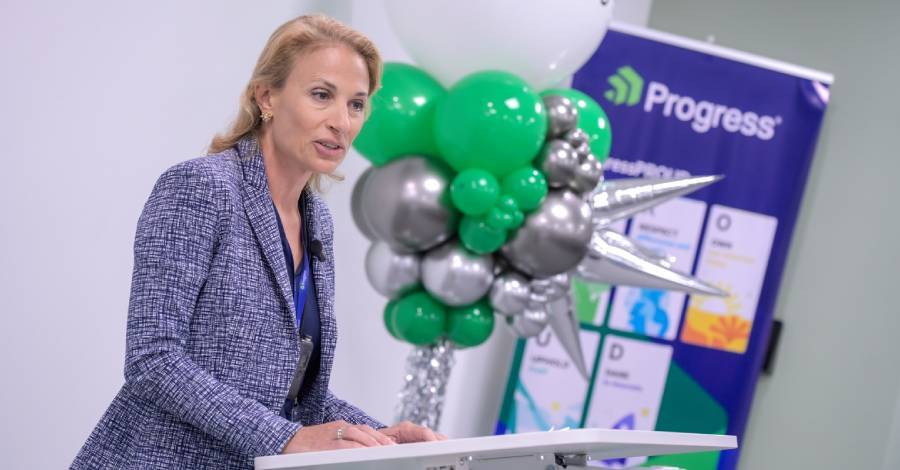NEWS
5 reasons Costa Rica has Latin America’s Lowest COVID-19 Mortality Rate
• Reports from BBC News World and DW highlight why Costa Rica is one of the countries with fewest deaths due to the novel coronavirus.
• The country doesn’t report community transmission.
By May 28, Costa Rica had registered 10 deaths due to COVID-19 and 1,000 cases since March 6th. Because of this, Costa Rica is the country with the lowest mortality rate in Latin America: 0.81%.
The question is: How has Costa Rica made this possible? This has caught the attention of international media, such as DW and BBC World-Spanish, which identify 5 main reasons here explained:
1. A Universal Health System
Costa Rica has a universal health system since November 1st, 1941, which means that almost the entire population can visit a doctor and access both basic and complex treatments if they need to.
“Almost 95% of the population has health coverage, according to the latest report on Costa Rica made by the World Health Organization (WHO). And that, in a region like Latin America, where 30% of the population does not have access to healthcare, makes a big difference”, says
BBC’s report.
Costa Rica was one of the first countries in the region to comply with the WHO recommendation to invest more than 6% of its Gross Domestic Product in healthcare. Currently, the country invests 7.3% of its GDP.
2. EBAIS: Successful Primary Healthcare
Costa Rica has about one thousand clinics known as EBAIS, that are part of the CCSS. This primary healthcare service has been key to treating COVID-19.
“EBAIS healthcare personnel have kept COVID-19 hospitalizations at bay by treating many patients, including remote technology. In this way, they have prevented the health system from collapsing”, reports BBC’s analysis.
The country has hundreds of beds available for COVID-19 patients and more than 400 respirators.
3. Development of Own Health Strategies
Costa Rica is developing three strategies to try to develop its own treatment. The first of them is the plasma applied to those infected with the virus and the second takes a greater quantity of plasma from the patients to purify the antibodies and standardize the potency to then make injections of these purified antibodies.
DW highlights this research in this report, which also mentions the third strategy: The development of antibodies in horses so that they are hyperimmunized and obtain a better virus-neutralizing power.
DW quotes Dr. Román Macaya, President of the CCSS, “For all of them it is still early to say if they are going to work, but "there is no reason to rule them out and all three are being developed in the country".
4. Social Distancing
Costa Ricans have helped to follow the health authorities’ social distancing measures. These were taken after having only 12 cases of COVID-19, which included the suspension of classes, mass meetings, tourist activities, and work from home was promoted too.
“Without decreeing a mandatory quarantine, the country managed to reduce visits to retail and public spaces by 84% and visits to beaches and recreational centers by 82%, according to a Google report based on the location of mobile phones. The authorities themselves stress that the population’s discipline in following these instructions has been essential”, explains BBC.
5. Access to Water
Aside from promoting frequent handwashing to prevent the spread of the virus, another reason why Costa Rica registers a low mortality rate is that almost 98% of Costa Rican homes have access to water.
By mid-May, the Ministry of Health presented a gradual reopening strategy which for example, from May 16 to May 31, it is allowed a limited visitation at beaches and national parks, small hotels can reopen at half its capacity, high-level sports are allowed without spectators, and the mobility restrictions are only from 10 pm to 5 am on weekdays and from 7 pm to 5 am on the weekends.
If the epidemiological curve continues decreasing, the government will lift more measures in June and beyond.








